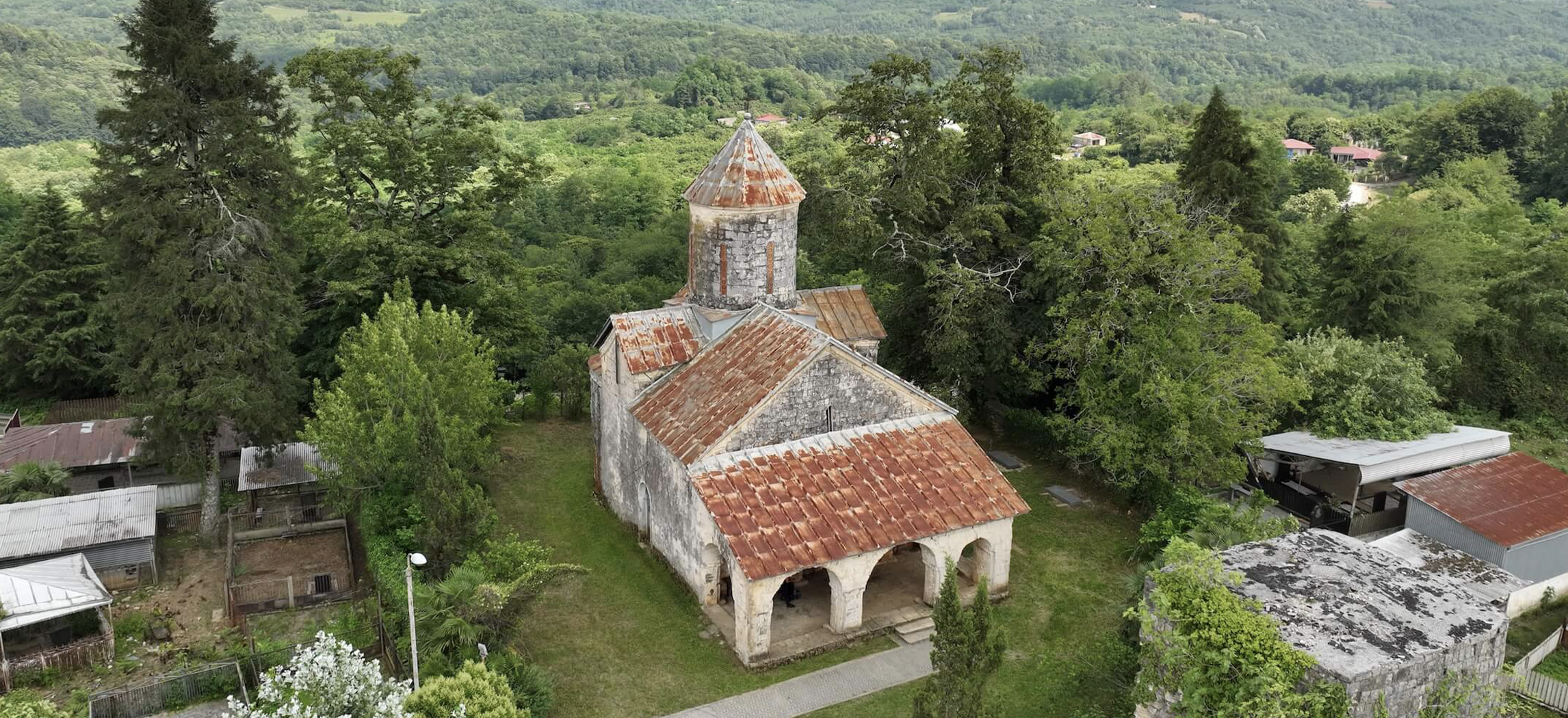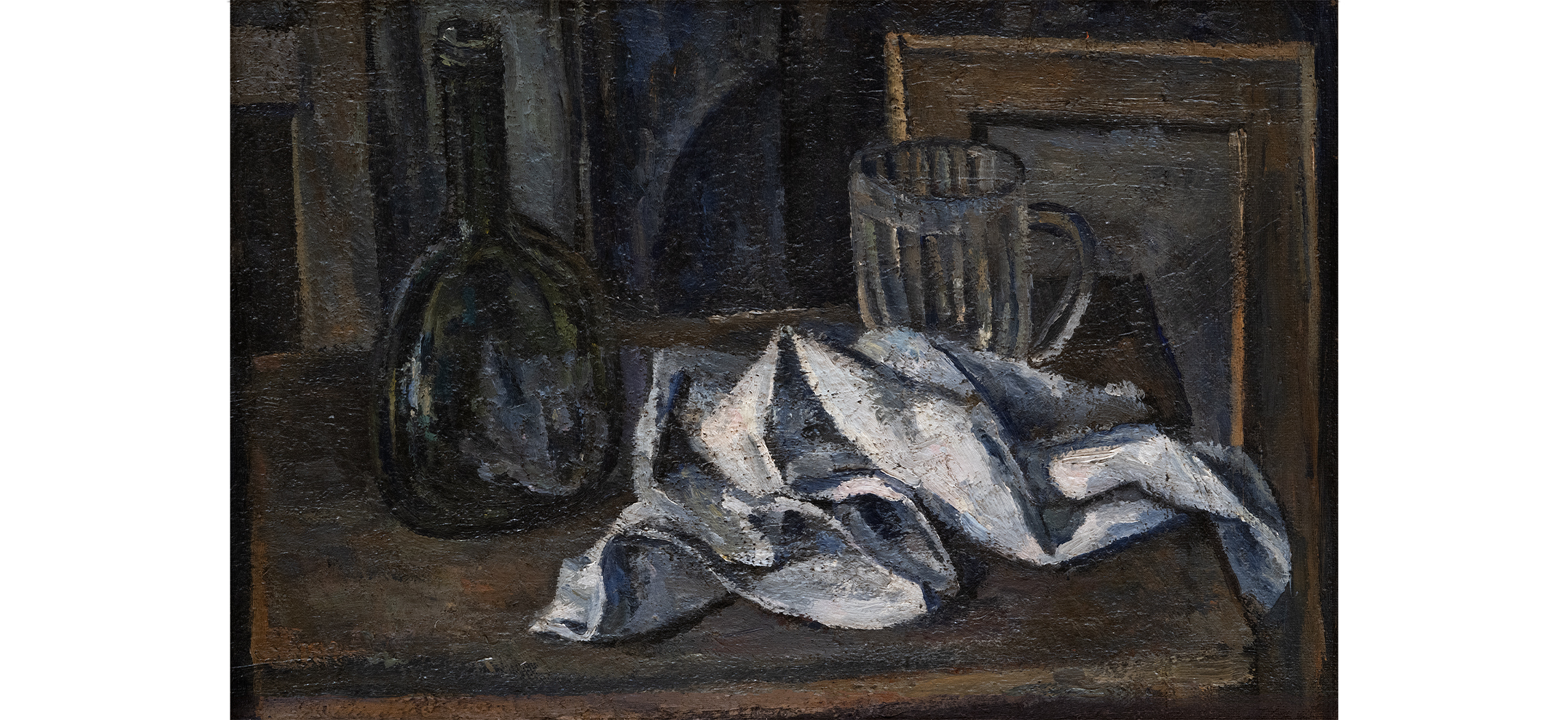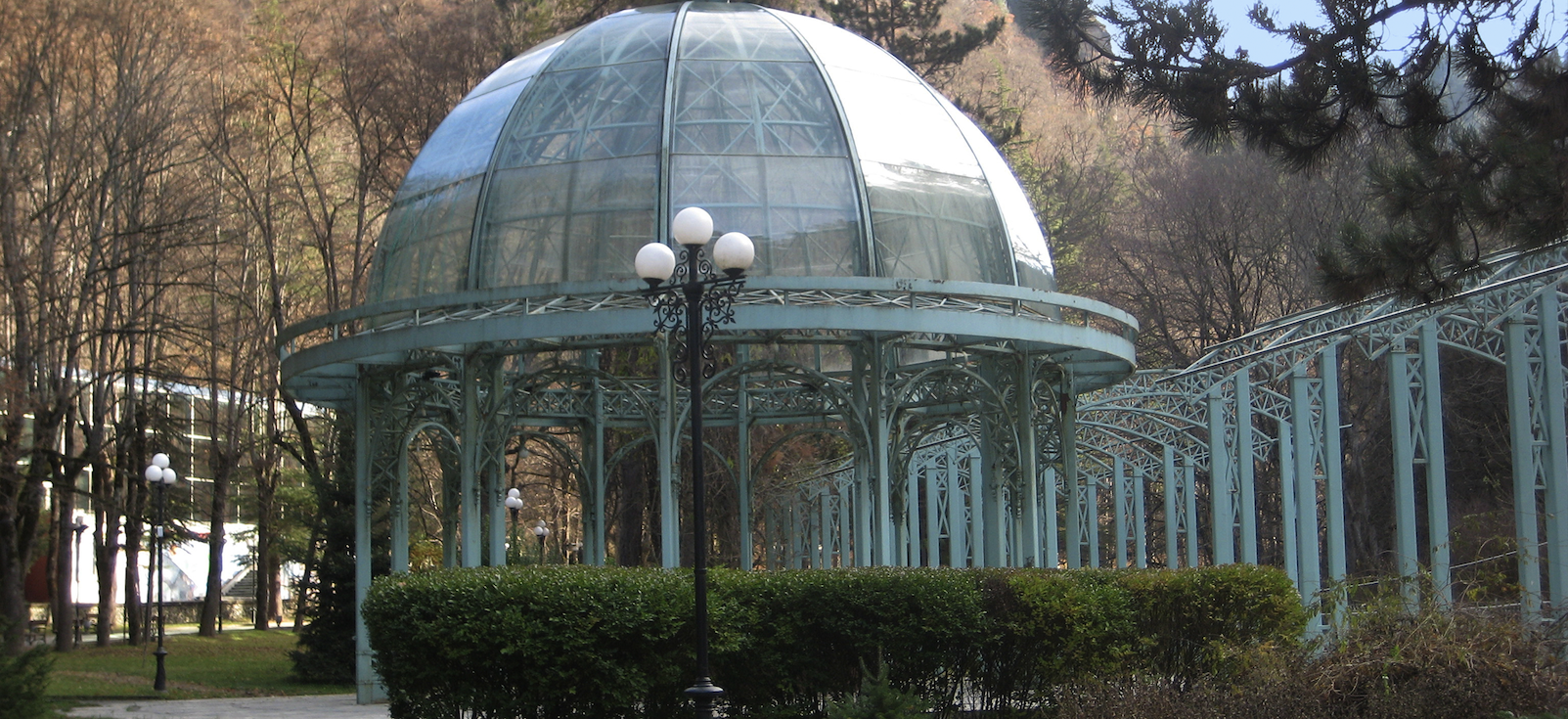
Feel free to add tags, names, dates or anything you are looking for

The village of Kortskheli is located in the Samegrelo region, approximately eight kilometers northeast of Zugdidi. The Church of the Mother of God stands on the edge of the village, surrounded by subtropical trees. Over the past two centuries, a cemetery has been developed around it.

When Avto Varazi was first introduced to the writer Guram Rcheulishvili, Guram told his friend of his new acquaintance as they were saying goodbye: “This man is really a true artist.” Rcheulishvili, an outstanding writer, had recognized a kindred spirit in Varazi. Indeed, the word “true” perfectly captures Avto Varazi’s personality, as expressed in his art.

Borjomi Central Park, formerly known as Mineral Waters Park, is situated in the narrow gorge of the Shavtskala (Borjomula) River. Its history is closely tied to that of the Borjomi spa itself.
Along with presentation, exhibition of ATINATI Private Collection will be displayed.
At the ATINATI Cultural Center
Solo exhibition at ATINATI's
at ATINATI Cultural Center
March 18, 2024 - at 16:30 – No.104 Public School March 18, 2024 - at 18:00 – ATINATI Cultural Center
"When I was born, I decided to live "